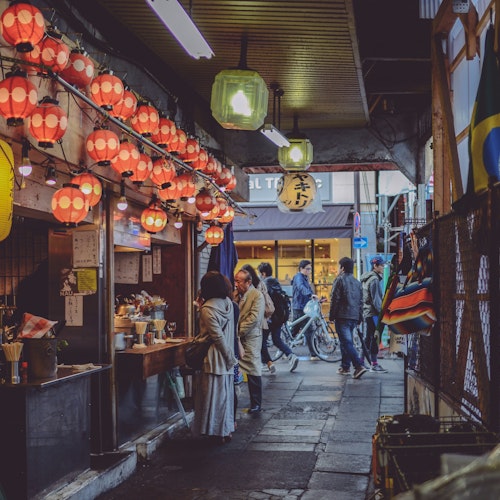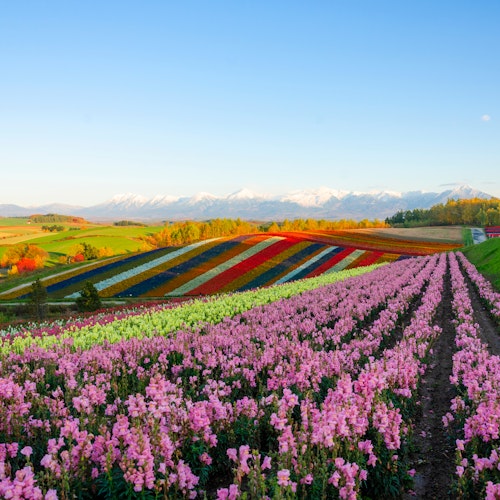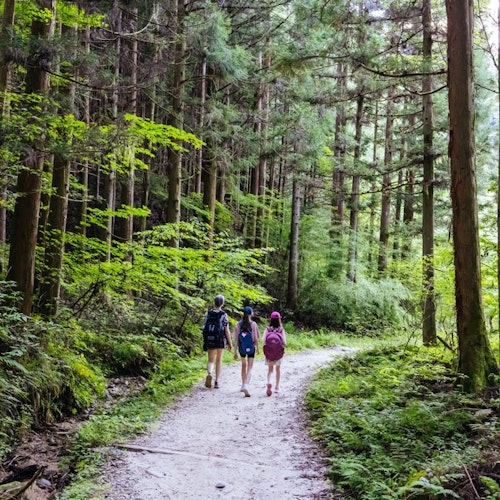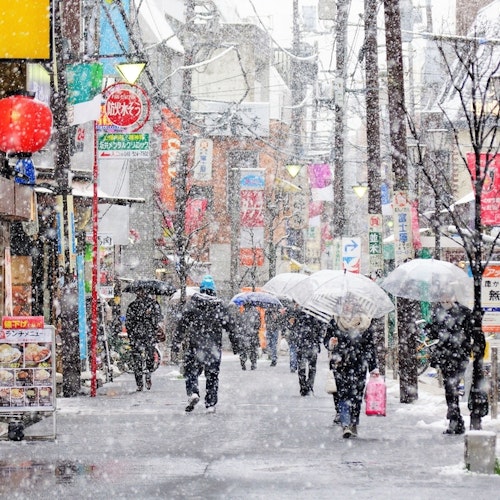
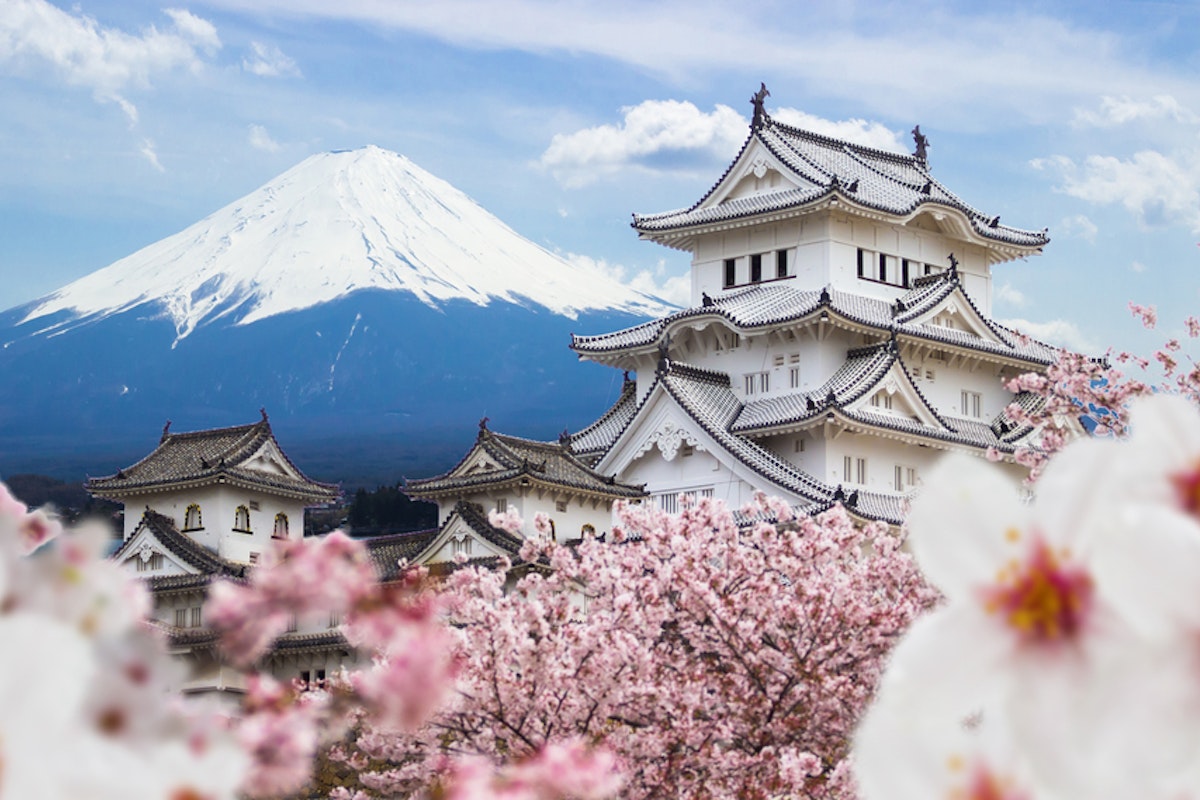
Japan, a land of timeless beauty, offers a rich tapestry of experiences that change with every season. From the ethereal pink hues of cherry blossoms in spring to the fiery red and orange leaves of autumn, the country's landscape transforms dramatically throughout the year. Visitors are welcomed with a unique charm in each season, making it a year-round destination. As the seasons shift, so do the experiences, festivals, and activities, offering travelers an array of options to choose from.
However, deciding on the best time to visit Japan depends largely on the kind of experience you seek. If you're captivated by the idea of witnessing the world-renowned cherry blossoms, then early spring - late March to mid-April - is your ideal window. On the other hand, if skiing down the powdery slopes of the Japanese Alps is what you desire, you'll find the winter months, starting from early November, most appealing.
The summer months, from mid-July to mid-August, are hot but teem with festivals like Tokyo's Sumida River Fireworks and Osaka's Tenjin Matsuri. Meanwhile, late September to mid-October presents pleasant weather and fewer crowds. This article aims to provide insights into the best times to visit Japan, considering factors like weather, tourist crowd, and seasonal attractions.
In January, the Japanese winter is in full swing. The weather across the country varies significantly due to Japan's long stretch from north to south. In Tokyo, Kyoto, and Osaka, the average daily temperature generally stays around 50°F (10°C).
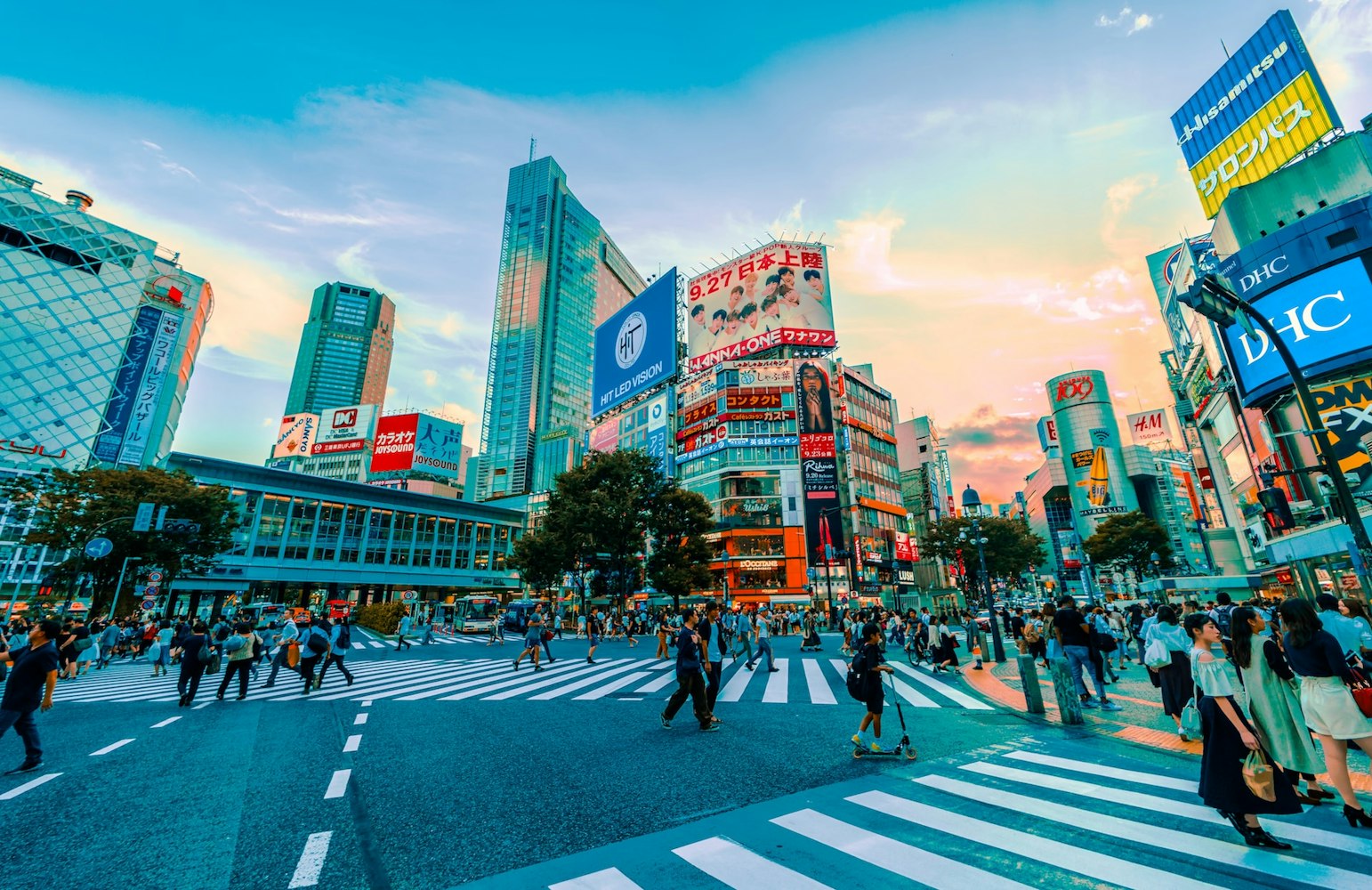
Mornings can be chillier, with temperatures hovering between 35°F - 37°F (2°C - 3°C). Despite the cold, January is known for its dry and crisp days, with clear skies offering stunning views of the winter landscape.
January in Japan is synonymous with Shogatsu, the traditional New Year celebration. This is one of the most important annual events in Japan, marked by family gatherings, temple visits, and special culinary delights. Visitors can partake in Hatsumode, the first shrine or temple visit of the year, to witness locals making wishes for the upcoming year.

Experience the beauty and spirit of ancient Japan at these two sites in Nagoya!
Another highlight of the New Year celebrations is the consumption of Osechi Ryori, a variety of traditional foods packed in layered lacquer boxes, each dish symbolizing good luck, health, or longevity.
If you're planning to visit Japan in January, some destinations stand out more than others. For winter sports enthusiasts, Hokkaido offers some of the best skiing conditions in the world. Its famous ski resorts like Niseko and Rusutsu are renowned for their powder snow. Meanwhile, Tokyo, despite the cold, remains vibrant and bustling.
The city's winter illuminations are a must-see, transforming parks, gardens, and streets into magical light displays. Kyoto, with its historic temples and shrines, offers a contemplative and serene atmosphere, enhanced by the dusting of winter snow.
Read More: Top 10 Scenic Cycling Routes in Japan You Won't Want to Miss
In February, the weather in Japan varies significantly from region to region. On the main island of Honshu, where cities like Tokyo, Kyoto, and Osaka are located, the days are crisp and dry. The average temperature in these areas ranges from 5°C to 7°C (41°F - 45°F). It's the second coldest month of the year, but generally, the day temperatures are warmer and comfortable for sightseeing.
In contrast, the capital of the northern island, Sapporo, experiences an average high of 0°C (32°F) and a low of -7°C (19°F). This colder climate makes it perfect for winter activities like skiing and snowboarding.
February is an excellent time to delve into Japanese culture, thanks to events like the Sapporo Snow Festival. This week-long festival, held in Sapporo, Hokkaido, attracts millions of visitors each year. It features stunning ice sculptures, live performances, and local food stalls.
Other notable events include the Otaru Snow Light Path Festival, where the city of Otaru is adorned with lanterns and miniature snow sculptures, creating a magical atmosphere.
When it comes to the best places to visit in February, one must consider the winter sports destinations. The ski resorts in Hokkaido, such as Niseko and Rusutsu, are known for their excellent snow quality and are in full swing in February.
For those interested in culture, cities like Kyoto and Tokyo offer many indoor attractions like museums, shopping centers, and food tours, making them suitable for colder weather. Lastly, for a unique experience, visiting the natural hot springs or 'onsen' in regions like Hakone can provide a warm respite from the cold.
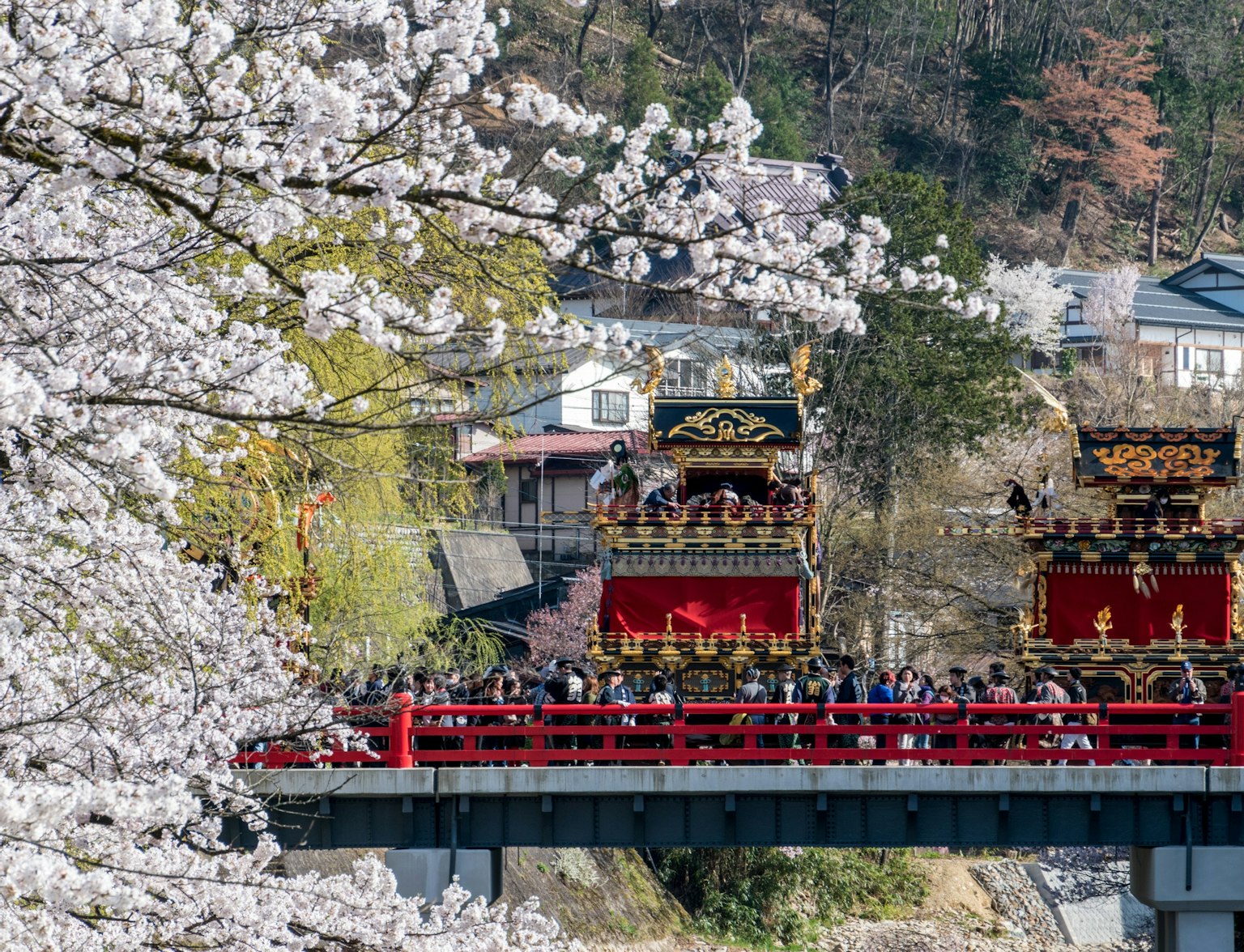
Explore the natural beauty of Takayama with a Hot Spring and Onsen tour.
March signals the start of spring in Japan, a season that is eagerly anticipated for its mild weather and the mesmerizing spectacle of cherry blossoms. From the cool northern regions to the warmer southern areas, each region of Japan has its unique appeal in March. The month also hosts a variety of festivals and events, offering travellers a rich cultural experience.
In March, the weather across Japan starts to transition from winter to spring. Hokkaido and the northern regions remain reasonably cold with an average temperature of around 1°C, making it an excellent time for winter sports enthusiasts to visit places like Sapporo and Niseko.
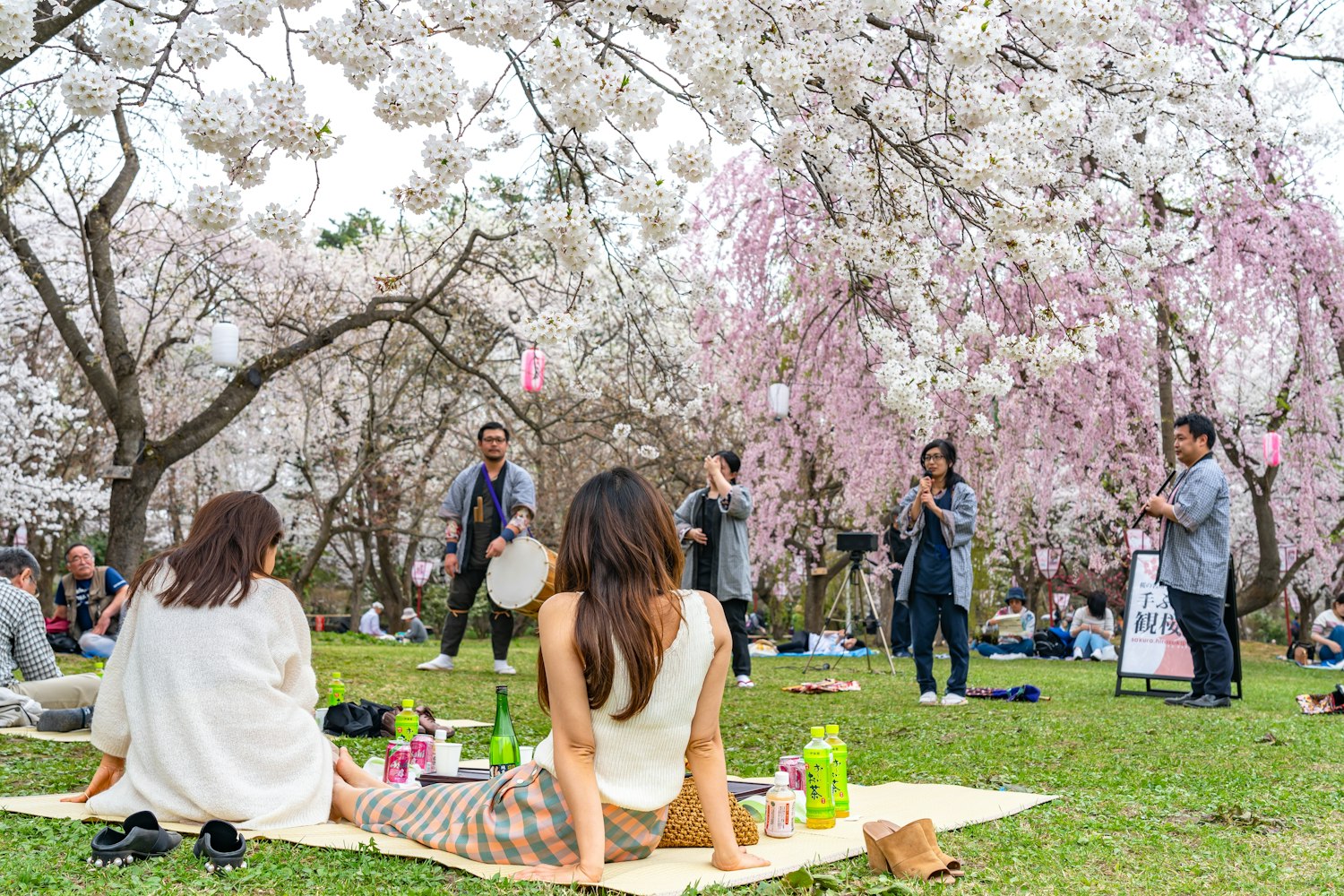
In contrast, most parts of Japan, including major cities like Tokyo, see temperatures rise above 10°C, signifying the onset of spring. This shift in weather also marks the beginning of the much-awaited Sakura season or cherry blossom season. Although the exact timing varies depending on the region and year, by late March, many parts of Japan start seeing these iconic pink blooms.
March in Japan is synonymous with Hanami parties, a traditional custom of enjoying the transient beauty of cherry blossoms. Locals and tourists alike gather under blooming Sakura trees for picnics and parties.
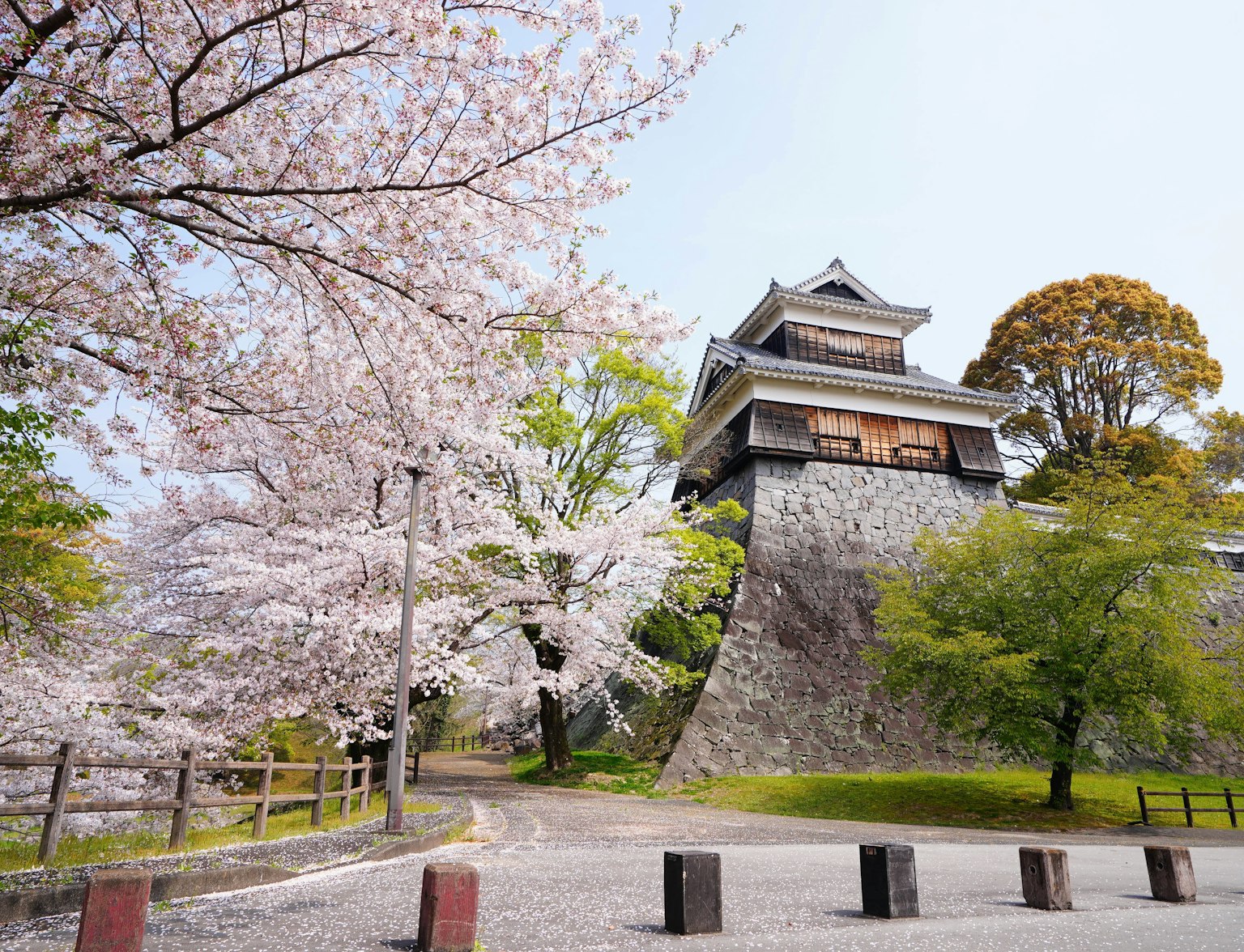
Recommended for tourists in Kyushu on this season.
March also sees other fascinating events such as the Omizutori, a Buddhist water-drawing ceremony held at the Todaiji Temple in Nara, and the Hina Matsuri or Doll's Festival, a day dedicated to celebrating girls and praying for their happiness and health.
As for the best places to visit in March, Kyoto tops the list with its ancient temples framed by blooming cherry blossoms. Another recommended destination is the Izu Peninsula, known for its early blooming Sakura trees and hot spring resorts.
For those still seeking winter vibes, Hokkaido offers excellent skiing conditions in March. Lastly, a visit to Tokyo in March is rewarding as the city bursts into pink with cherry blossoms and hosts various Hanami parties and festivals.
April in Japan is synonymous with the spectacular display of cherry blossoms, making it one of the best times to travel to this beautiful country. The weather is pleasantly warm, and the landscapes are adorned with vibrant hues of pink, creating a picturesque setting that is nothing short of a visual treat.
As spring is in full swing across Honshu and central Japan, April brings mild and pleasant weather, with average daily temperatures hovering around 15°C, though evenings can still be on the cooler side. In Tokyo, for instance, high temperatures increase by 9°F, from 60°F to 69°F, rarely falling below 51°F or exceeding 76°F.
This comfortable weather provides an ideal backdrop for the peak cherry blossom season, also known as Sakura. The average temperature in Takayama in April is around 16°C (61°F), and you'll see warmer weather after mid-April. The blooming Sakura and the mild weather make visiting Japan in April a delightful experience.
April is also a time for celebration in Japan. The highlight of the month is the Takayama Festival, considered one of the most beautiful festivals in Japan. This festival showcases stunning floats and traditional marionette performances, providing visitors a glimpse into Japan's rich cultural heritage.
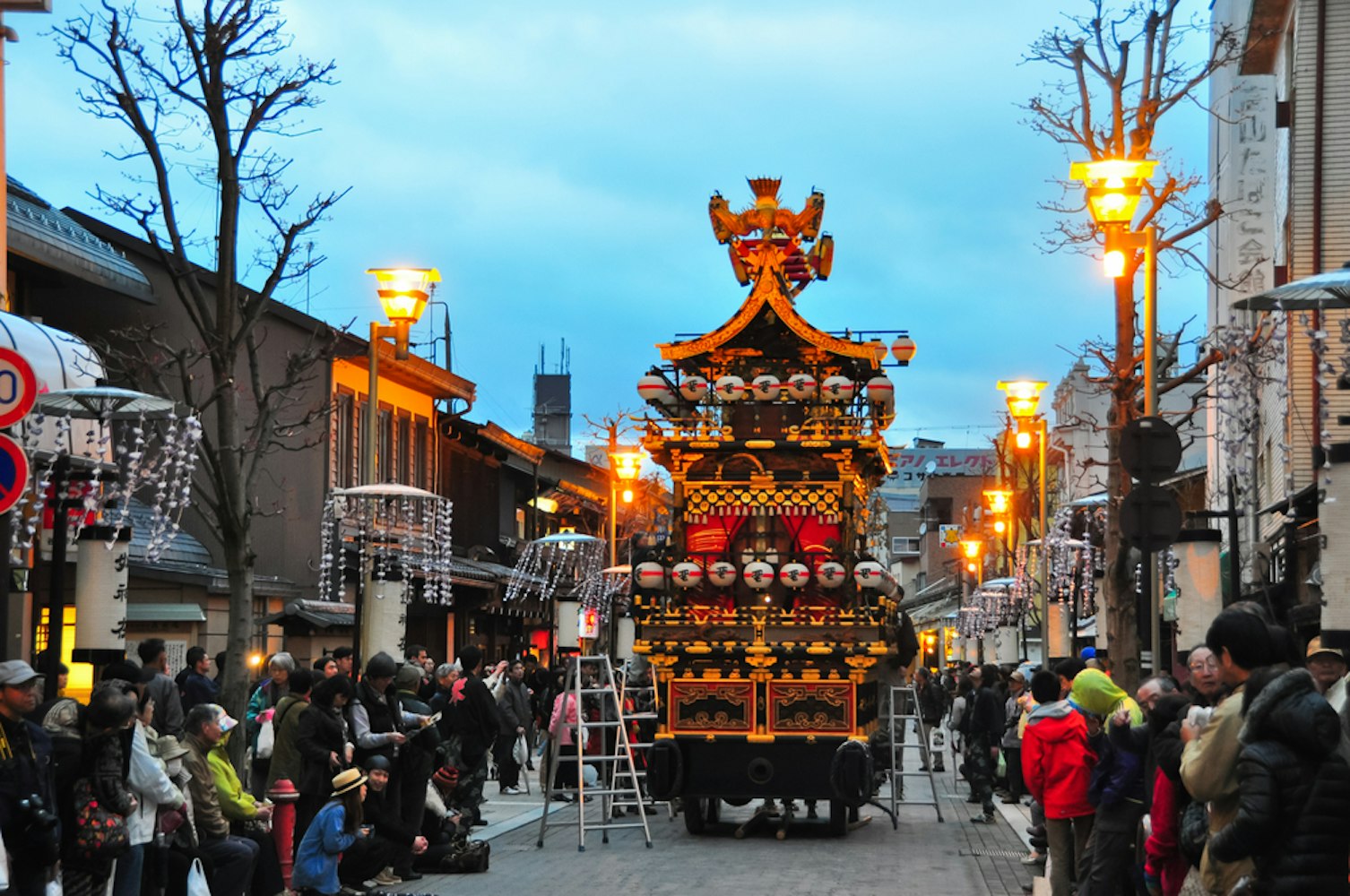
Apart from the Takayama Festival, Sakura related events are held throughout the country. These events are typically marked by Hanami parties - a tradition where people gather under blooming Sakura trees to celebrate the beauty of cherry blossoms with picnics and parties.
When it comes to the best Sakura viewing spots in April, Tokyo tops the list. With its numerous parks and gardens adorned with cherry blossom trees, Tokyo offers plenty of options for Sakura viewing. Another excellent destination for cherry blossom viewing is Kyoto, where ancient temples are framed by stunning pink blooms.
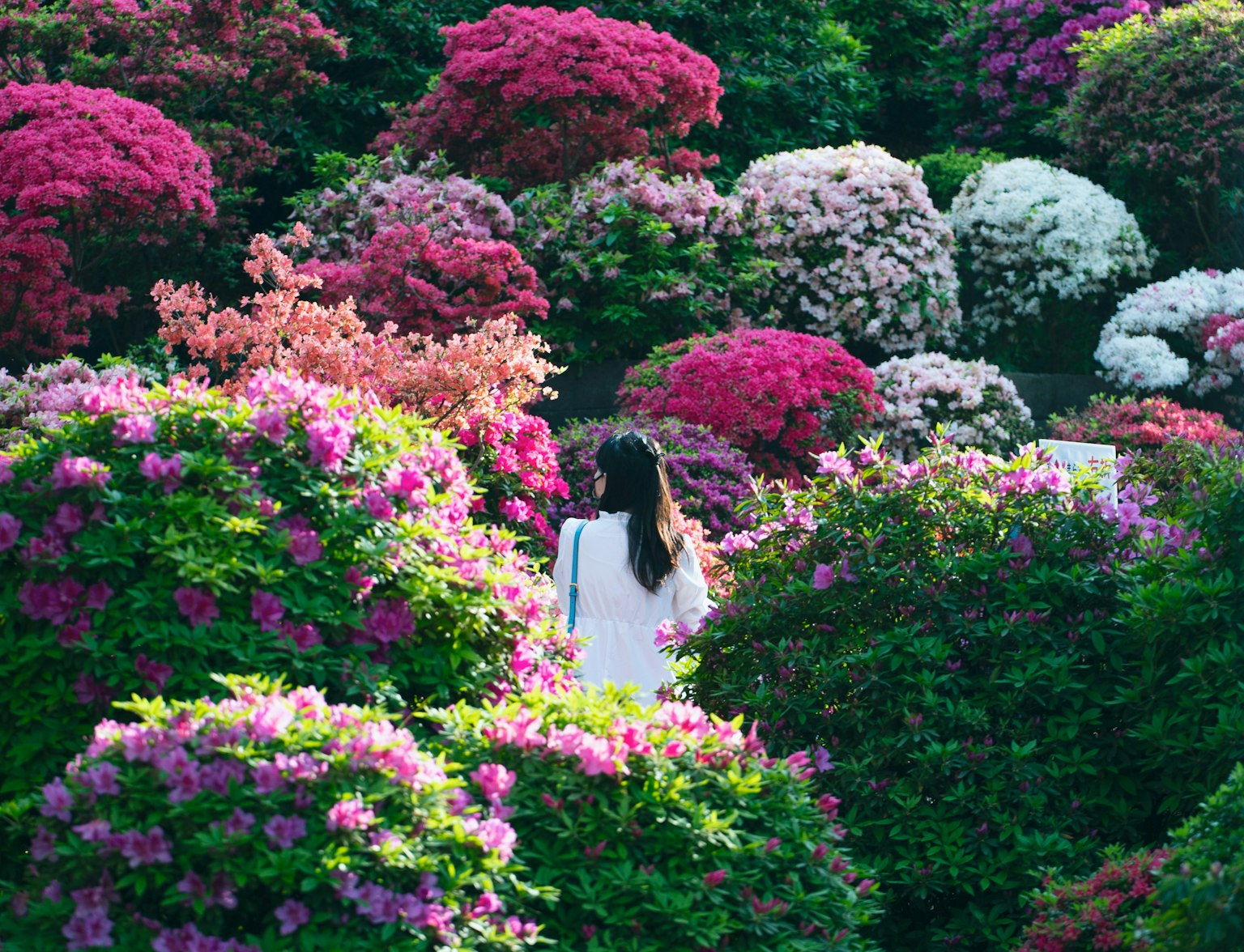
Visit Ueno Park with this tour, where you can enjoy stunning cherry blossom views!
Osaka, with its pleasant temperatures and numerous cherry blossom spots, is also a popular choice. Other noteworthy Sakura viewing locations include the Izu Peninsula, known for its early blooming Sakura trees and hot spring resorts.
May is regarded as one of the best times to travel to Japan, marking the transition from spring to early summer. The weather is warm and mostly sunny, making it a popular time for locals and tourists alike to enjoy the outdoors.
In May, Japan experiences a warm climate with daily temperatures typically ranging between 15°C (58°F) and 24°C (76°F). Highs are in the 70s, and the average temperature hovers around the mid-60s. Despite the warmth, it's advisable to pack a jacket as evenings can get cooler.
This month also coincides with one of Japan's national holidays known as Golden Week. This extended holiday period sees a flurry of activities across the country, with many locals traveling domestically. It's an exciting time to visit, but it's also peak season, so expect crowds and book accommodations in advance.
May is also a month of vibrant festivities in Japan. The highlight is the Sanja Matsuri, one of Tokyo's largest and most popular festivals. This three-day event attracts millions of visitors who come to enjoy the lively processions, traditional music, and dance performances.
Other notable events include the Kanda Festival, one of Tokyo's three major festivals, and the Mifune Festival in Kyoto, where a procession of boats takes place on the Oi River. These events provide a unique insight into Japan's rich cultural traditions and are a must-visit when touring Japan in May.
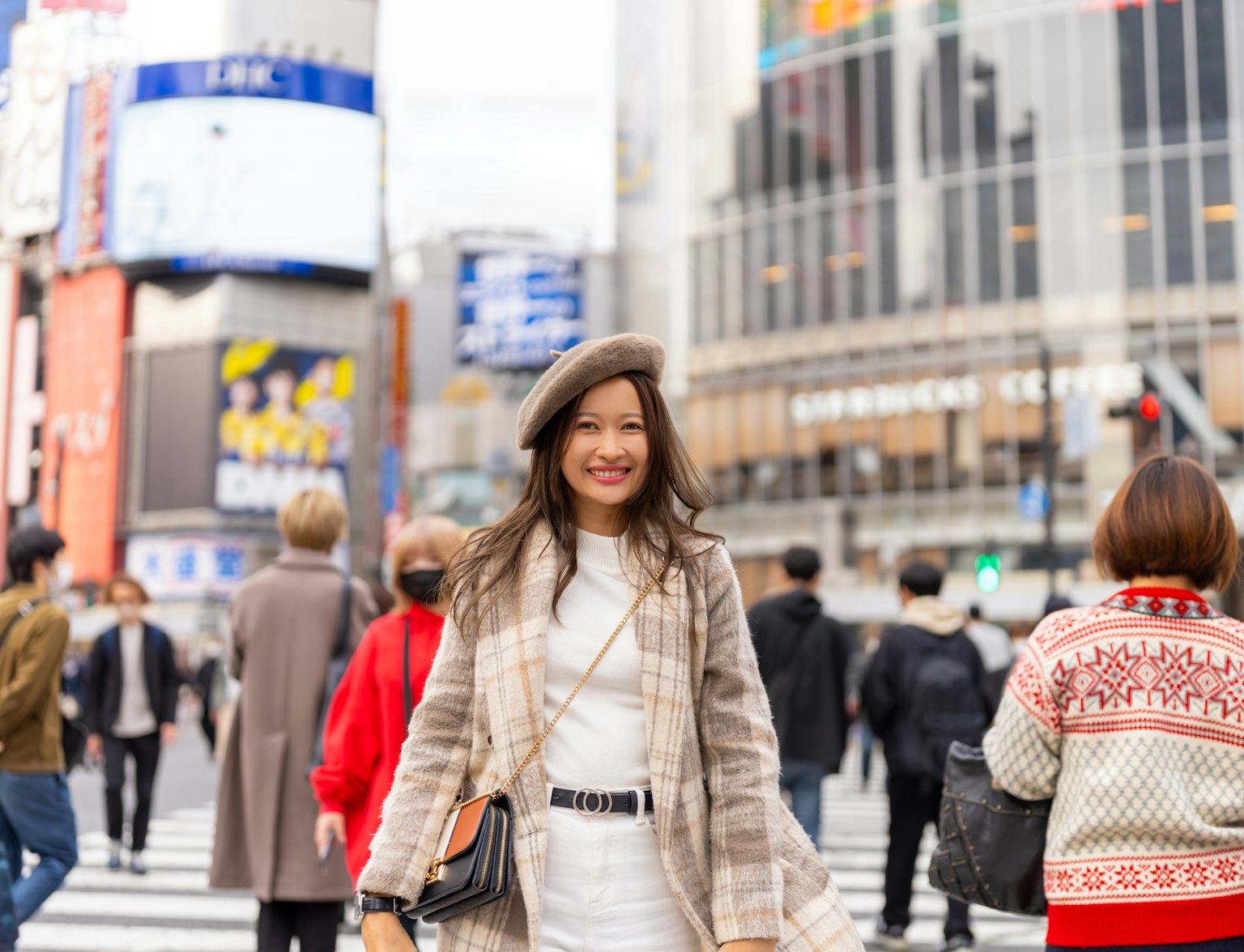
Explore Tokyo with your own itinerary.
In terms of top travel destinations in May, Tokyo tops the list with its pleasant weather and numerous events. The city's parks and gardens are in full bloom, offering beautiful natural landscapes to explore.
Hokkaido, with its comfortable conditions in higher elevations, is another popular destination. Kyoto, famous for its historic temples and shrines, is also a great choice. The city hosts several festivals in May, adding to its charm. Lastly, don't miss out on visiting Okinawa, where you can enjoy beach activities before the onset of the rainy season.
Read more, Exploring Japan's Most Tranquil Cherry Blossom Gardens
June marks the start of the rainy season in most parts of Japan, bringing with it a unique beauty and charm. This period offers a different perspective on the country's landscapes and culture. Despite the weather, there are still many ways to enjoy Japan during this time.
In June, the rainy season, known as 'tsuyu', begins in most regions of Japan, including major cities like Tokyo, Kyoto, and Osaka. The weather during this time is unpredictable, with rain typically falling in intense bursts or short showers.
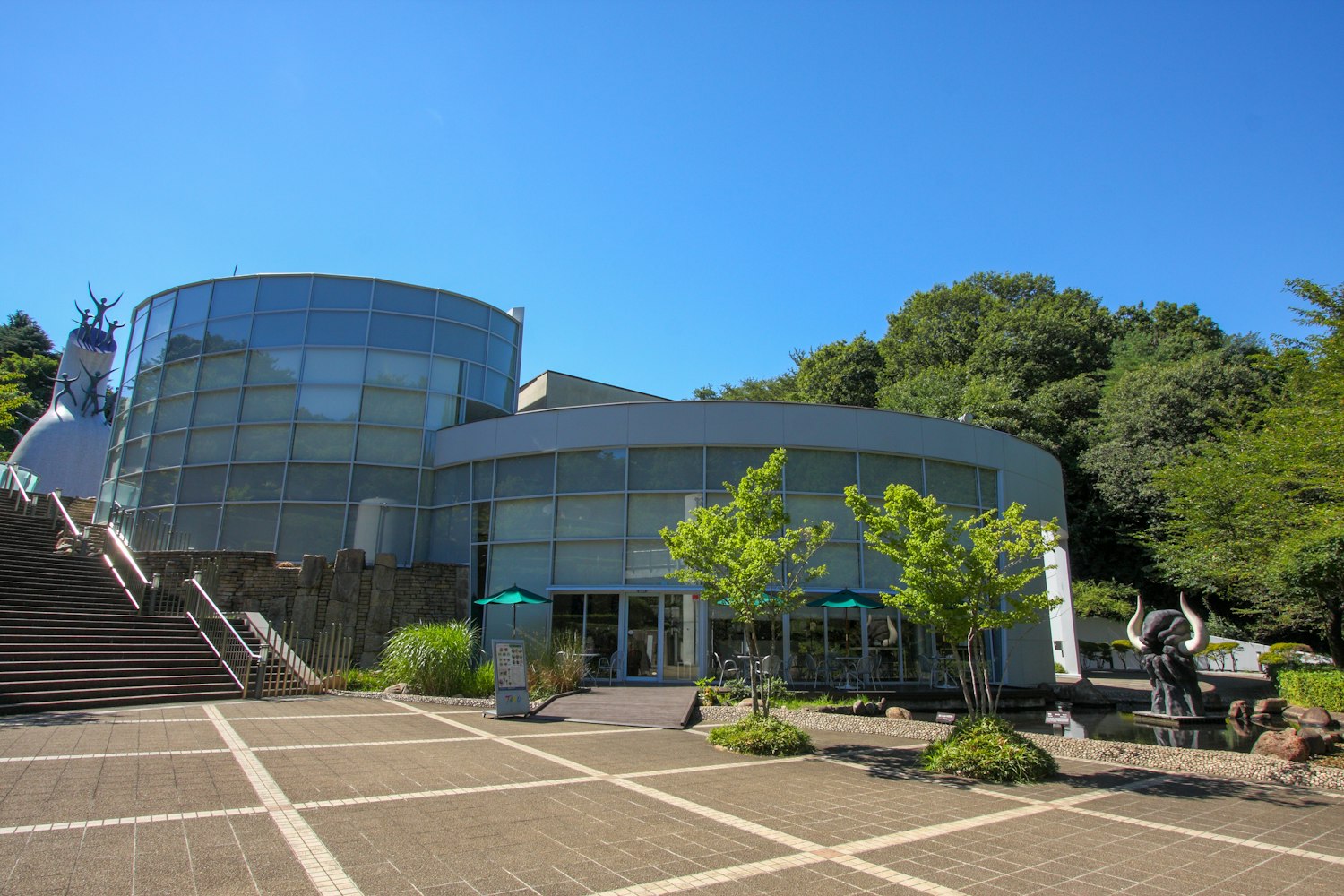
However, it's important to note that it doesn't necessarily rain every day. Central Japan sees a moderate rainfall of 168–200 mm (7–8 inches), and you can expect warm temperatures averaging around 20°C (68°F). In contrast, Hokkaido, the northernmost island, doesn't experience the rainy season.
Despite the rainy weather, there are numerous ways to enjoy Japan in June. It's the perfect time to visit indoor attractions or soak in a natural hot spring. Museums, art galleries, shopping centers, and aquariums offer an escape from the rain and a chance to immerse yourself in Japanese culture.
Food lovers can spend time exploring Japan's culinary scene, from bustling food markets to cozy ramen shops. If you're willing to brave the rain, many of Japan's gardens and parks transform into lush green spaces teeming with life. The rain also brings cooler weather, making it a great time for hiking in areas like Hokkaido that avoid the rainy season.
Japan has a wealth of indoor attractions that can be enjoyed regardless of the weather. In Tokyo, the Mori Art Museum and teamLab Borderless offer fascinating digital art experiences. For history lovers, Kyoto's National Museum and Nijo Castle are must-visits. If you're in Osaka, the Osaka Aquarium Kaiyukan is one of the largest and most impressive aquariums in the world.
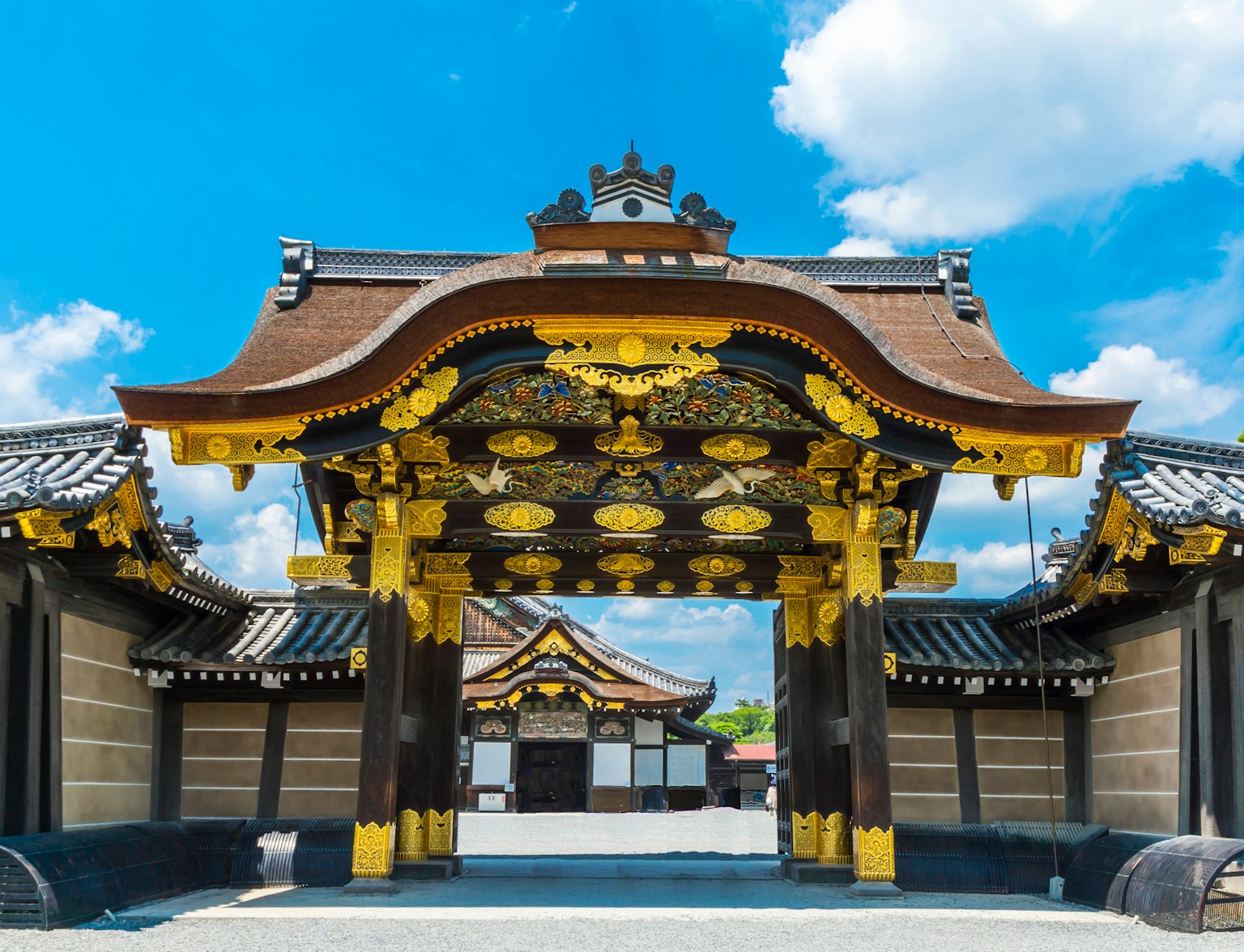
Discover the historical sites of Kyoto on this full-day private guided tour.
Meanwhile, Hokkaido's natural hot springs are perfect for a relaxing soak. Remember, while June might be rainy, it's also less crowded, so you can explore these attractions at your own pace and often without the usual crowds.
July in Japan is a time of warmth, vibrant festivals, and the chance to experience the country's rich traditions and natural beauty at its finest. It's a month that truly encapsulates the joy and excitement of summer, offering a wealth of activities and experiences for everyone.
July in Japan is characterized by warm, sunny weather, with an average daily temperature of 28°C, cooling down to around 22°C at night. This is also the time when the rainy season typically comes to an end, particularly in the first half of the month.
The weather sets the stage for a myriad of festivals, with one of the biggest being Tenjin Matsuri, held on the 24th and 25th of July. This captivating festival features parades, traditional performances and culminates in a grand fireworks display, illuminating the summer sky. Another significant festival is Gion Matsuri, renowned for its elaborate floats and lively processions.
July is also the start of the official climbing season for Mount Fuji, Japan's highest and most iconic mountain. The mountain's trails open up, offering adventurous travelers the opportunity to embark on a memorable hike to the summit.
The views from the top are spectacular, especially at sunrise. Apart from mountain climbing, summer in Japan is ideal for exploring the outdoors. You can enjoy picnics in parks, river rafting, or simply walking around the bustling city streets, soaking up the vibrant atmosphere.

Unleash your adventurous spirit with a Tama River Rafting Tour in Ome, Tokyo.
Despite the heat and humidity, July is a fantastic time to hit the beach in Japan. While Okinawa is famous for its stunning beaches, the weather can be quite intense. However, you'll find equally beautiful beaches in Chiba and Wakayama.
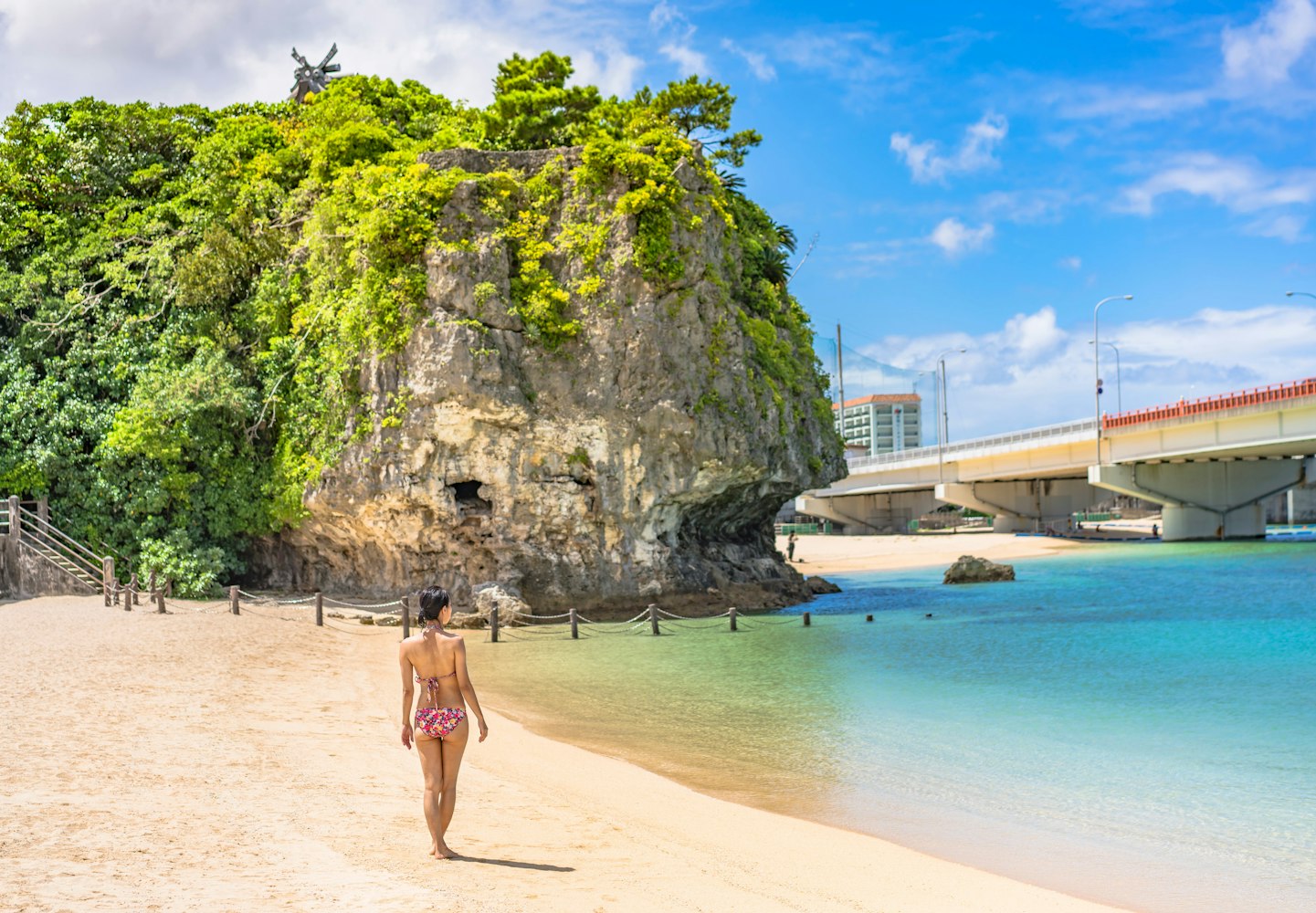
These coastal areas offer a refreshing escape from the city with their clear waters and scenic views. Whether you enjoy swimming, sunbathing, or beachside barbecues, Japan's beaches in July offer a perfect blend of relaxation and summer fun.
August is a time of celebration in Japan, filled with vibrant festivals, beautiful fireworks, and cultural performances. This is the heart of summer, where the country's traditions come alive amidst the warm weather, pulsating energy, and colorful events.
August in Japan is characterized by hot and humid weather across the country, with average temperatures ranging from 25°C to 35°C (77°F to 95°F). The heat, however, doesn't dampen the spirit of the Japanese people. Instead, it provides the perfect backdrop for some of the country's biggest summer events.
The Obon Festival, a Buddhist custom honoring the spirits of ancestors, takes place in August, marked by traditional dance performances and mesmerizing lantern displays. Other notable events include the Aomori Nebuta, featuring grand floats, and Awa Odori, known as the "Fool's Dance," both showcasing the rich cultural heritage of Japan.
When it comes to places to visit in August, Japan offers an array of options. Aomori, for instance, is a must-visit for its Nebuta Festival, where enormous lantern floats parade through the streets. Tokushima, on the other hand, is famous for its Awa Odori, a lively dance festival that attracts millions of spectators every year.
If you're looking for a more relaxed environment, consider visiting Hokkaido. The northernmost island of Japan offers cooler weather compared to the rest of the country, making it a comfortable destination during the hot summer months. Whether you're a culture enthusiast, a nature lover, or a foodie, Japan in August has something for everyone.
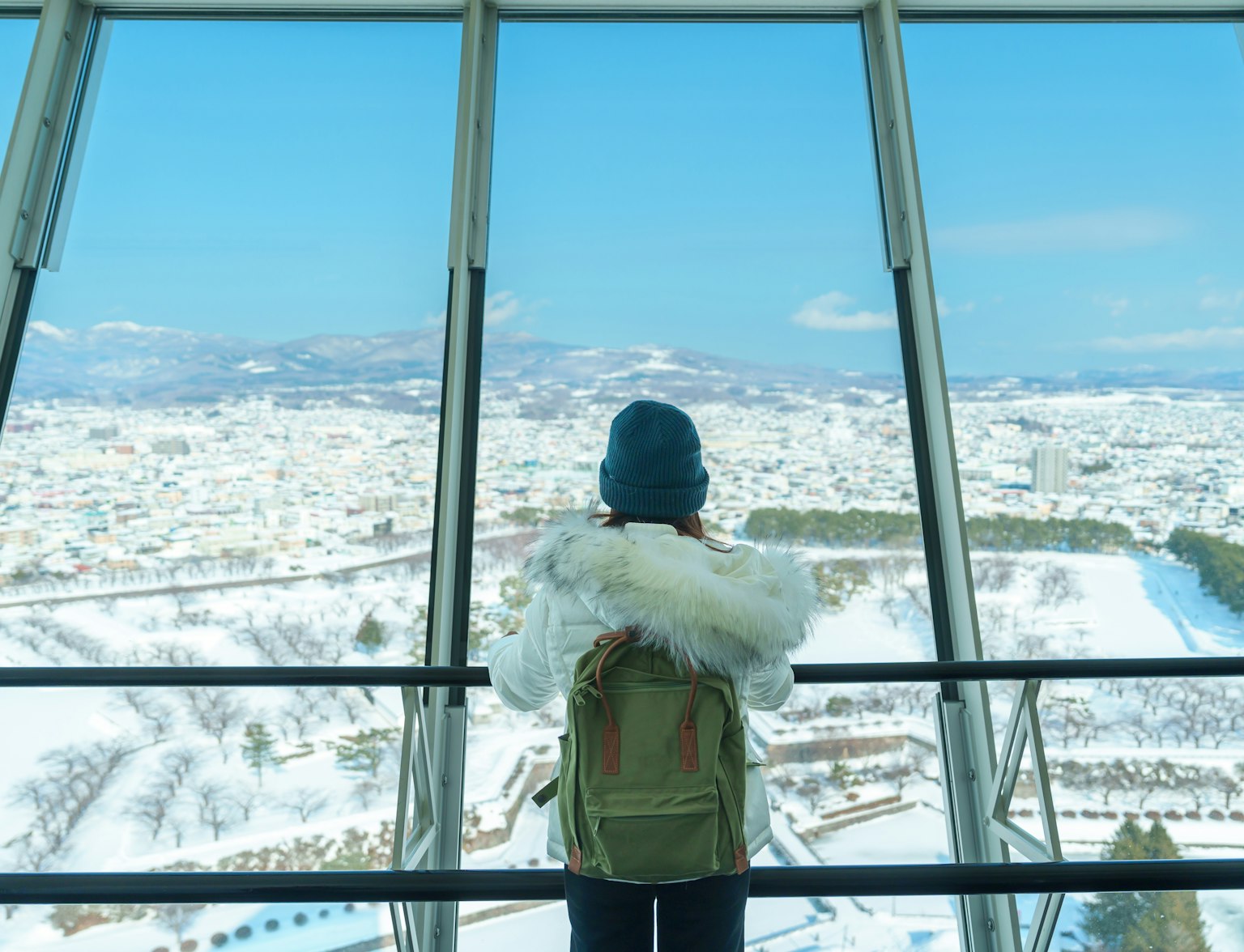
Witness the beauty of Hokkaido's Hakodate with this tour.
September in Japan marks the transition from the hot, humid summer months to the cooler, more comfortable autumn season. It's a time when the country starts to showcase its incredible natural beauty in a whole new light, with the changing colors of the leaves adding an enchanting backdrop to the already stunning landscapes.
September in Japan is known for its moderate weather, with temperatures in Tokyo and Kyoto typically ranging between 23°C and 25°C. However, northern Japan sees a noticeable drop in temperature, averaging around 18°C by the end of the month. The daily temperature range across the country can vary from 20-28°C, with nightly temperatures settling between 15-20°C.
Despite the comfortable weather, it's important to note that September is also the peak of typhoon season in Japan. While northern Japan usually escapes these weather disturbances, it's always wise to stay informed about the latest weather updates during your visit.
September is not just about welcoming autumn in Japan; it's also about immersing yourself in a myriad of festivals and events that take place during this period. The Kanto Festival in Akita is a sight to behold, where massive bamboo poles adorned with lanterns are skillfully balanced by participants.
If you're in Tokyo during mid-September, don't miss out on the Tokyo Game Show, one of the largest video game exhibitions in the world. For a taste of traditional Japanese culture, head to the Sumo Autumn Basho, where you can witness the grand spectacle of sumo wrestling.
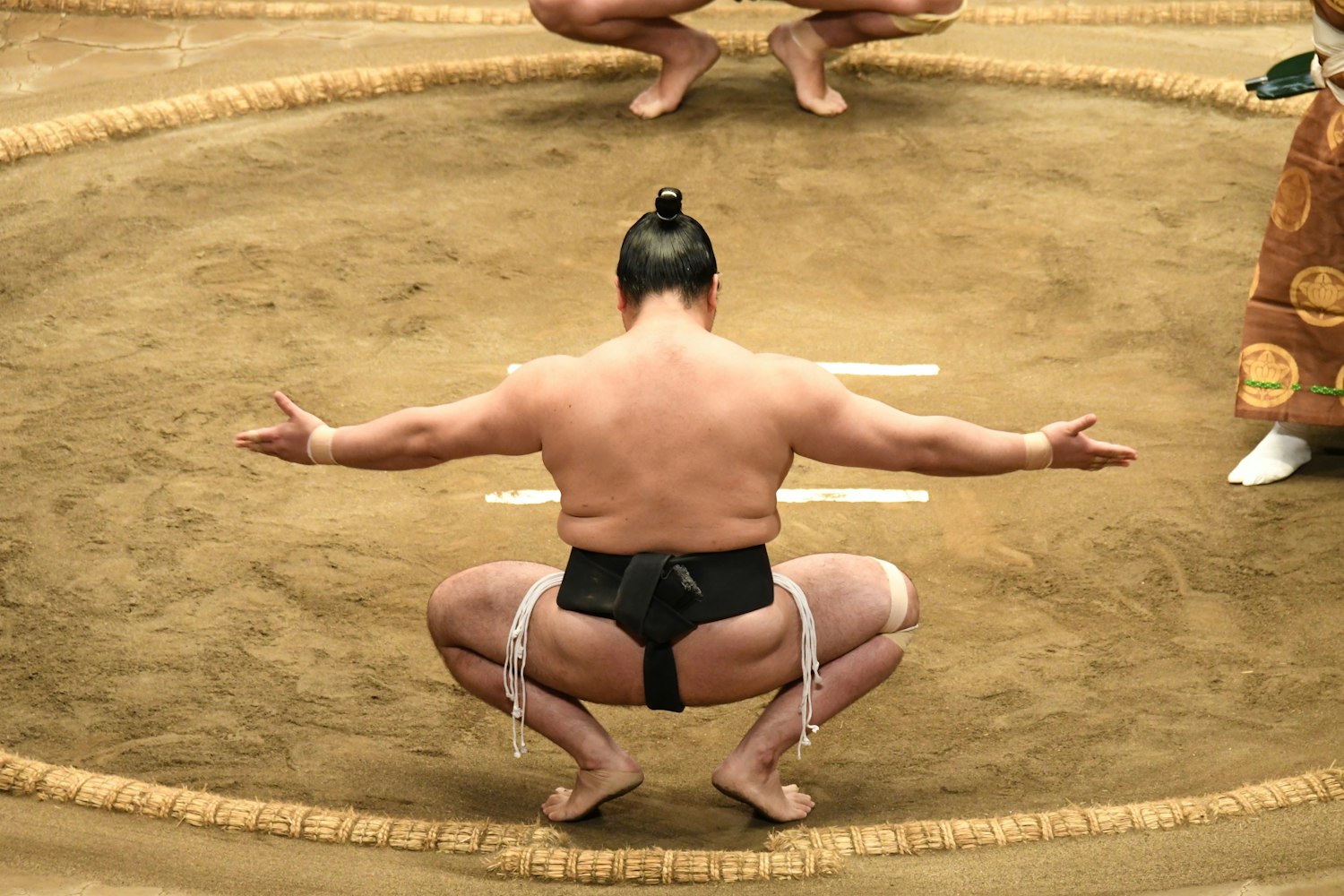
When it comes to the best places to visit in September, Japan offers a variety of options. For those seeking cooler weather, Hokkaido is an ideal choice. The northernmost island starts to cool down in September, offering a respite from the heat experienced in other parts of the country.
If you're interested in traditional Japanese culture, Kyoto is a must-visit. The ancient city is home to the To-ji Temple Flea Market, which takes place on the 21st of every month, offering antiques, food, and various local products. Meanwhile, nature lovers can head to Daisetsuzan National Park in Hokkaido to witness the first signs of the fall foliage.
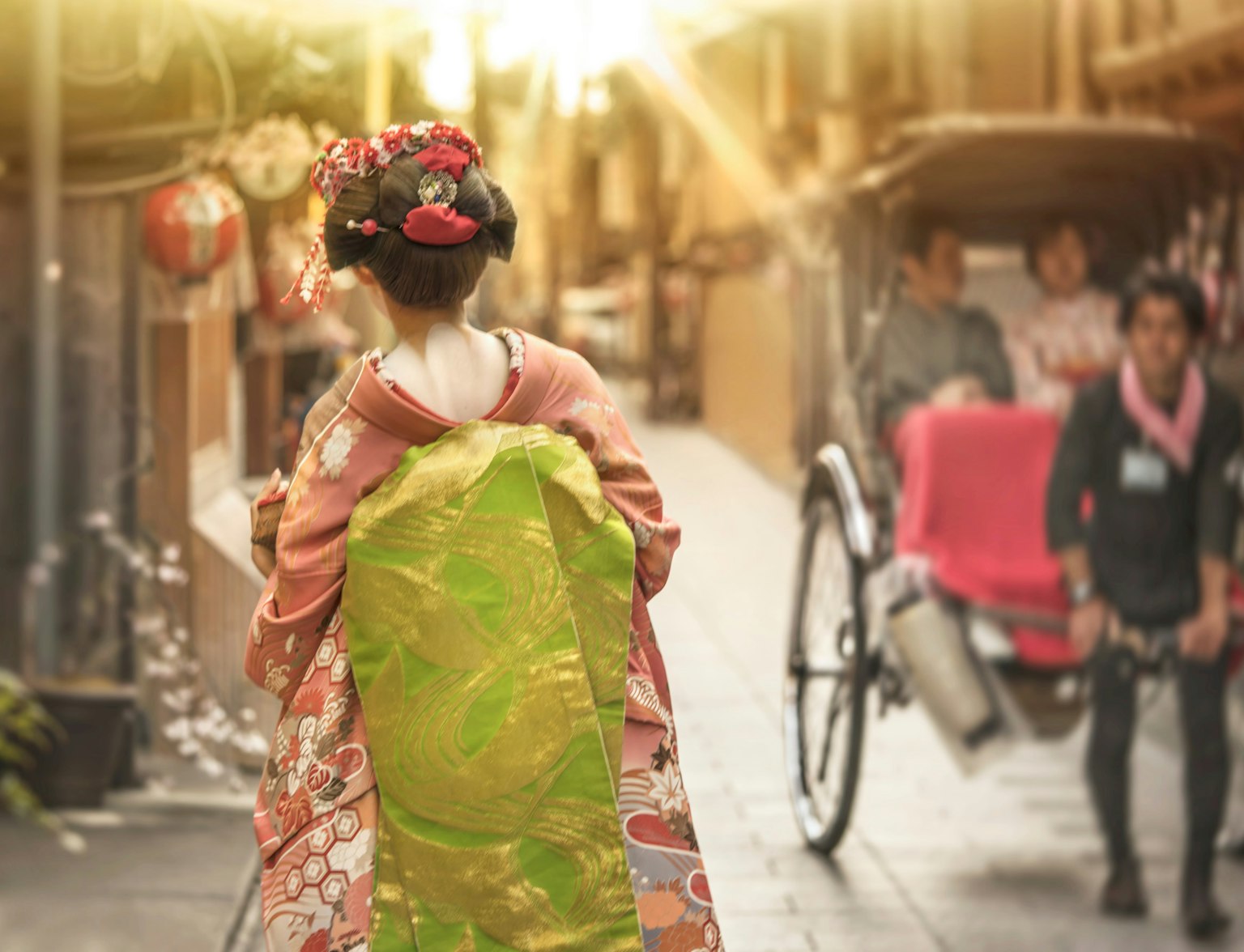
Embark on a captivating Higashiyama rickshaw tour and discover the timeless beauty of old Kyoto.
October is a magical time to visit Japan, where the country's illustrious landscapes transform into vibrant hues of red, orange, and yellow. This change signals the arrival of the Koyo season, Japan's autumn leaf viewing period, which captivates locals and visitors alike. From experiencing the distinct seasons to partaking in unique festivals, there's so much to explore in Japan during October.
Japan's weather in October is typically mild and comfortable, making it one of the best times to travel to Japan. The average temperature ranges from 15°C to 23°C (59°F to 73°F), with Tokyo experiencing daily high temperatures decreasing by 9°F, from 75°F to 66°F. However, it's worth noting that October is the third-wettest month of the year in Tokyo, so packing an umbrella might be a good idea.
The highlight of October in Japan is the Koyo season, the country's autumn leaf viewing period. During this time, Japan's foliage undergoes a stunning transformation, with leaves changing from green to shades of red, orange, and yellow. This natural spectacle is a significant part of Japan's seasons and offers breathtaking views, especially in the country's many parks and temples.
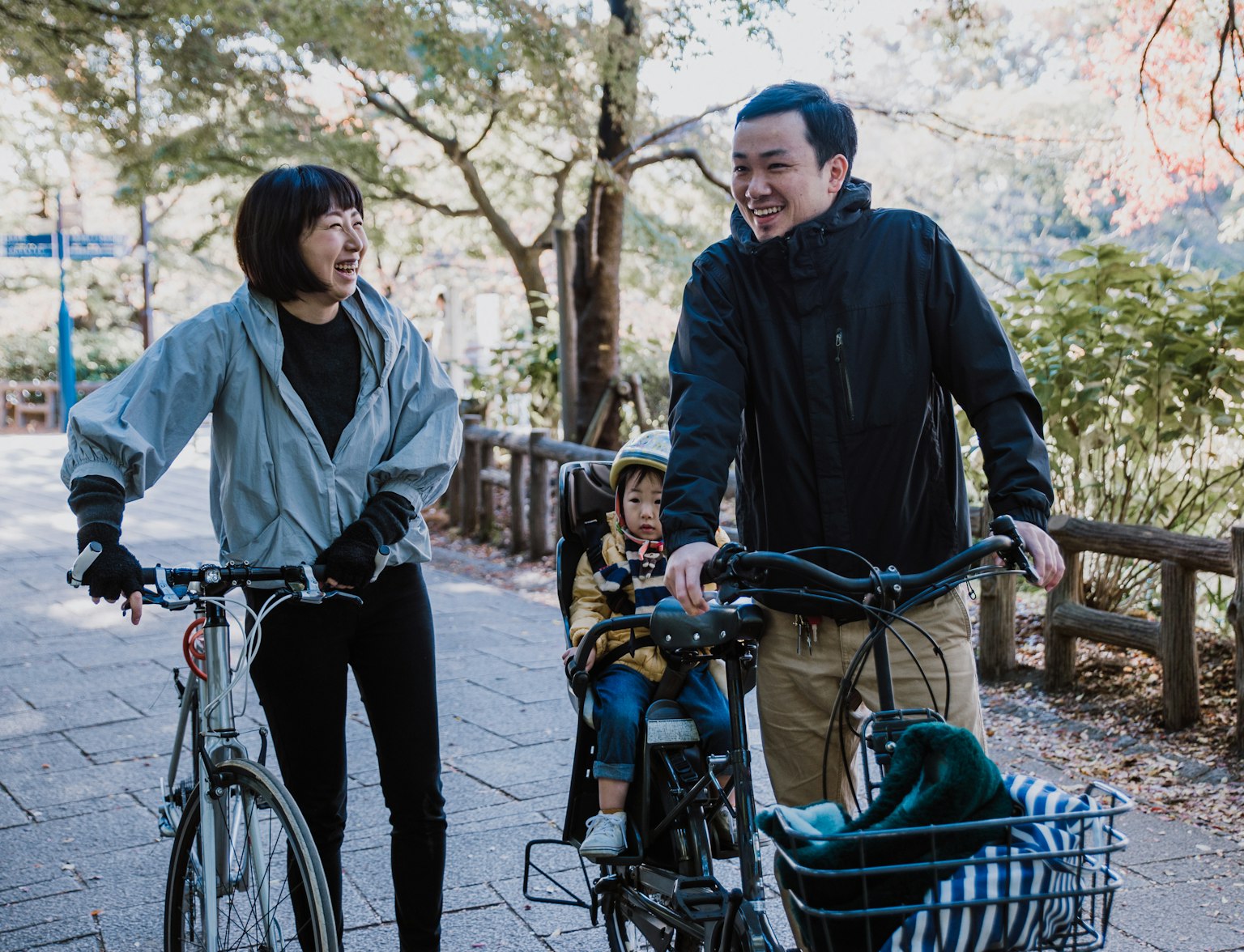
Visit Nara Park during this season and see the deer.
October also brings an array of food festivals and events, adding to the lively atmosphere of the autumn season. Many regions host local harvest festivals, where you can sample seasonal delicacies and enjoy traditional music and dance performances.
For a fun-filled experience, don't miss the Halloween celebrations in Japan. While it's a relatively new phenomenon, Halloween has quickly gained popularity, with cities like Tokyo and Osaka hosting elaborate parades and parties.
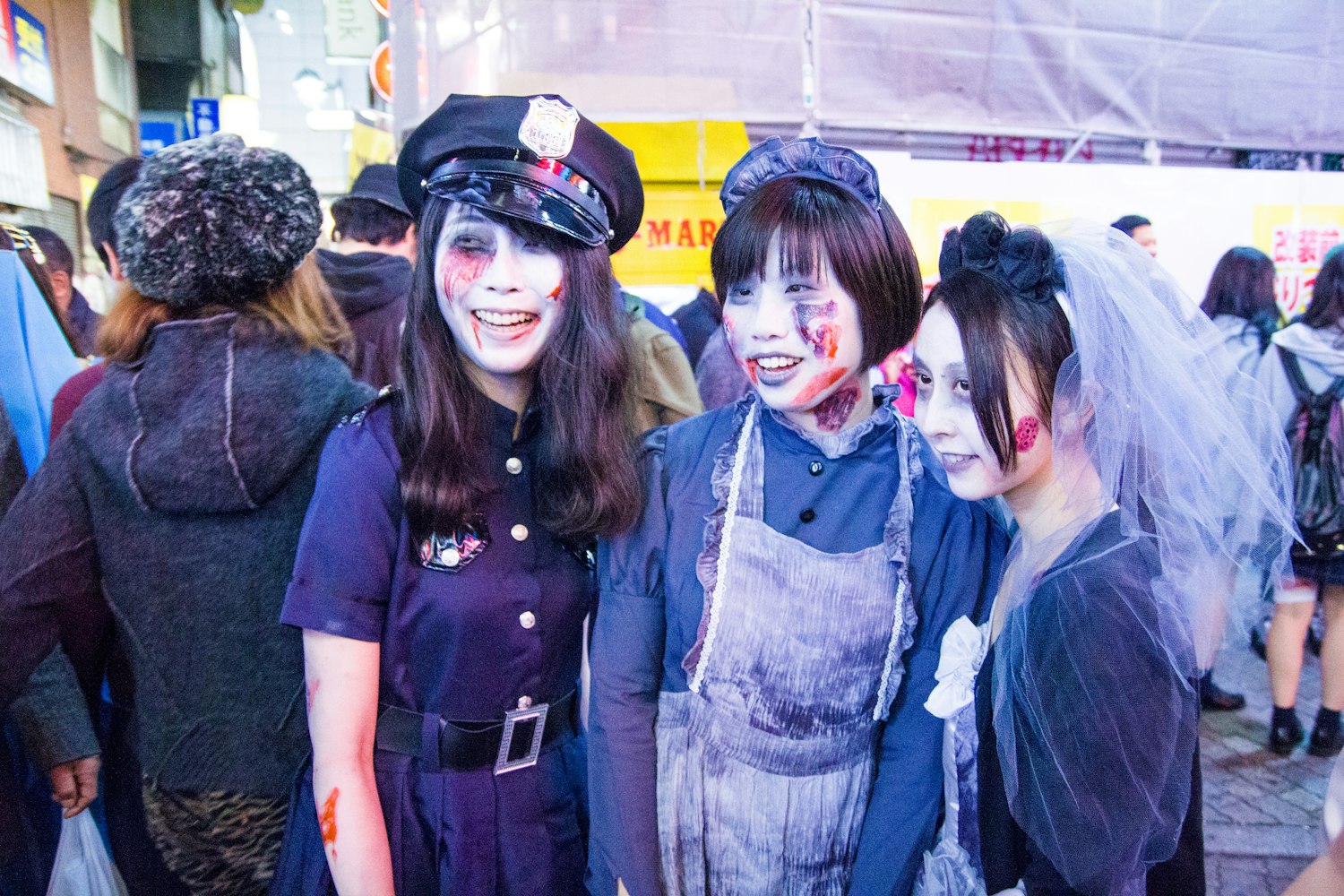
When it comes to autumn leaf viewing, Japan boasts numerous spots that offer unforgettable views. In Tokyo, the Rikugien Garden is renowned for its large and beautifully landscaped grounds, which become a riot of colors in late October.
If you're in Kyoto, don't miss the Eikando Temple, known for its stunning autumn colours. Meanwhile, Hokkaido, Japan's northernmost island, offers crisp, dry days with comfortable temperatures, making it an ideal place for autumn leaf viewing.
Read More: Where to Celebrate Halloween in Japan
As the calendar flips to November, Japan wraps up its vibrant autumn season and prepares for the onset of winter. The country's landscapes transition from the fiery reds and oranges of fall to the serene whites of winter. It is an excellent time to experience Japan's four distinct seasons and explore the rich cultural heritage that each season brings.
In November, the weather in Japan becomes noticeably cooler, signaling the end of autumn. Early November still retains some warmth, with average temperatures ranging from 8°C to 17°C (46°F to 63°F). As the month progresses, the mercury drops further, especially in the northern regions of mainland Japan. Despite the chill, the weather remains relatively dry, making it a good time to travel to Japan.
The end of autumn in Japan is marked by stunning late autumn colors. Parks, mountains, and temples across the country are adorned with leaves in various shades of red, orange, and yellow. This spectacular display of nature is a must-see for anyone visiting Japan in November.
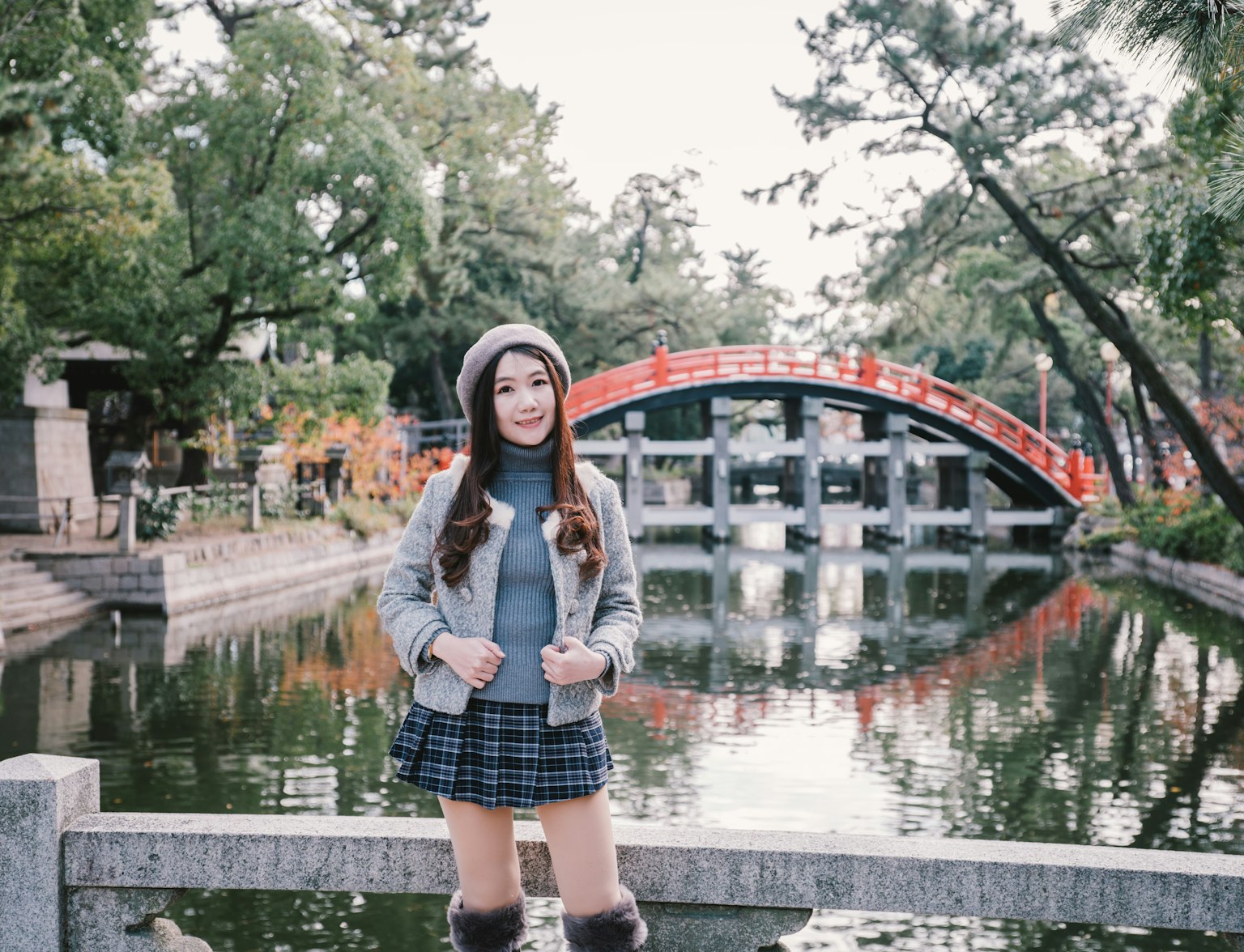
Escape from the hustle and bustle of Osaka for an unforgettable full-day journey through its palaces and temples.
November in Japan is also a time of celebration, with numerous festivals and events taking place throughout the month. One of the most significant is the Shichi-Go-San Festival, a traditional rite of passage for children aged three, five, and seven. Another highlight is the Tori no Ichi Fair, held in various parts of Tokyo, where people pray for good fortune and business prosperity.
For food lovers, the Kaki (Oyster) Festival in Hiroshima offers a chance to enjoy fresh, succulent oysters, a local specialty. Additionally, Labor Thanksgiving Day, a national holiday celebrated on November 23, provides an opportunity to appreciate the efforts and achievements of workers.
For those planning a Japan adventure in November, Kyoto is a must-visit destination. Known for its historic temples and shrines, Kyoto offers breathtaking views of autumn colors, particularly at Tofukuji Temple and Eikando Temple.
If you prefer a more offbeat experience, consider visiting the onsen town of Kinosaki. Located in northern Hyogo Prefecture, Kinosaki is famous for its hot springs and will be less crowded during November. Finally, for ski enthusiasts, some ski resorts in Hokkaido start their ski season in late November, offering an early start to winter fun.
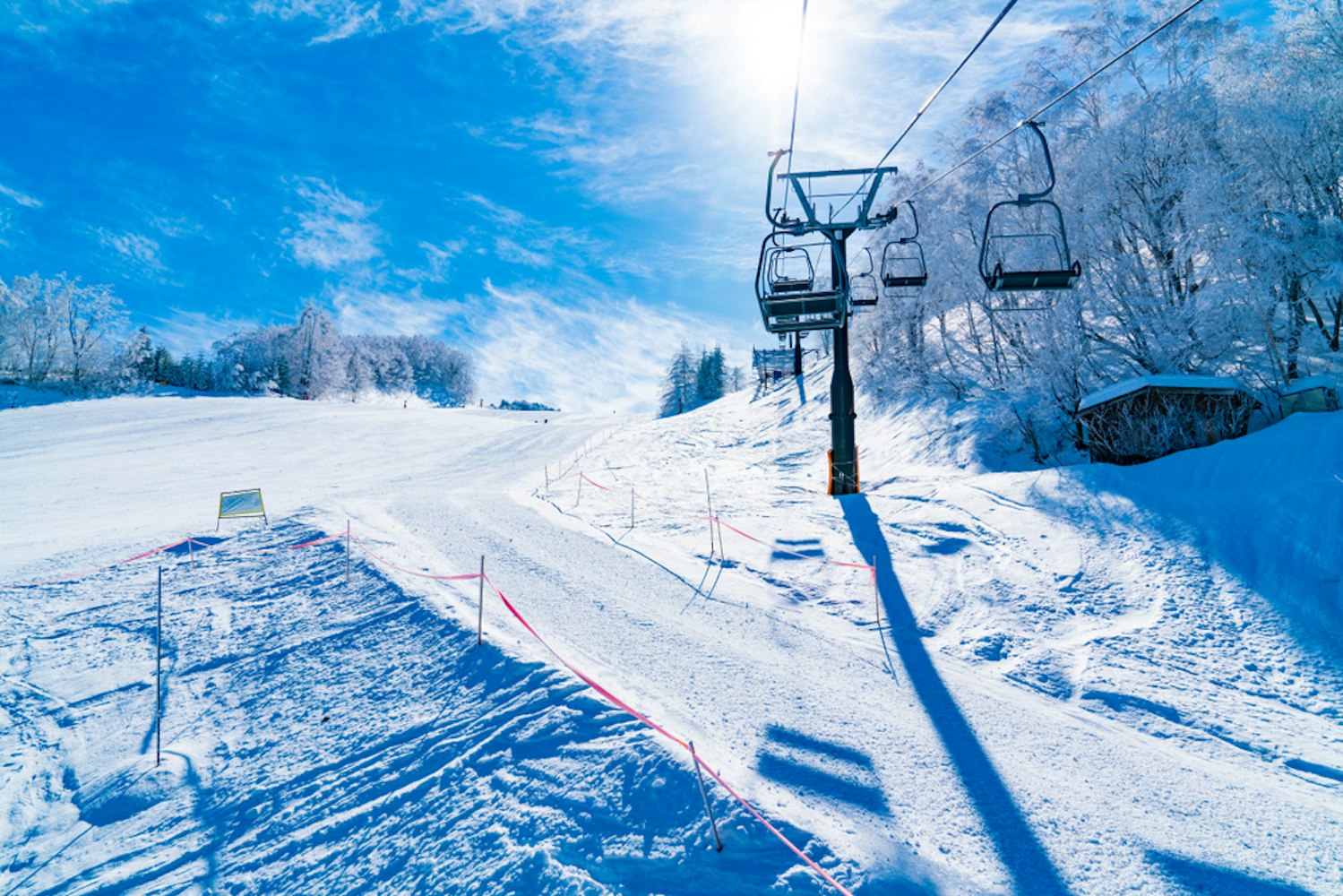
The month of December transforms Japan into a winter wonderland with the onset of cold weather and scenic snowfall. It's an enchanting time to explore the country's landscapes, cities, and cultural events. From snow festivals to winter sports, let's dive into what makes December one of the best times to travel to Japan.
In December, Japan experienced a significant drop in temperature, signaling the arrival of winter. The major cities of Honshu and Kyushu, such as Tokyo, Osaka, Kyoto, and Fukuoka, experience average highs of around 54° F (12° C), and lows of 41° F (5° C). Meanwhile, temperatures in Hokkaido dropped dramatically, with an average temperature of 2°C, turning it into a snowy paradise.

This change in weather also marks the beginning of various snow festivals across the country. The Sapporo Snow Festival in Hokkaido is one of the most famous, featuring massive, intricate snow sculptures and illuminations. Additionally, the Otaru Snow Light Path Festival provides a mesmerizing display of snow lanterns along the city's canal and main street. These festivals offer a unique way to experience Japan's winter and are not to be missed.
December is an exciting time for winter sports enthusiasts as many ski resorts open for the season. The cold weather brings substantial snowfall, especially in Hokkaido and Nagano, providing excellent conditions for skiing, snowboarding, and other winter activities.
Niseko in Hokkaido, known for its high-quality powder snow, is a popular destination for skiers and snowboarders from around the world. Hakuba in Nagano is another top choice, with several ski resorts offering a range of slopes for all skill levels. If you're looking to combine winter sports with a bit of relaxation, many of these resorts also have onsen (hot springs), perfect for soothing your muscles after a day on the slopes.

You can also experience winter sports in Takayama.
Remember, there's no single best time to travel to Japan - each season offers its unique charm and cultural experiences. From the sakura bloom schedules in early April to the start of the ski season in early December, Japan is a destination for all seasons. Whether you're a fan of flowering trees in mid March, or you're looking forward to experiencing Japan's rainy season in mid-June, this country's diverse climate offers something for everyone.
So why wait? Start planning your trip today with TripToJapan, your trusted guide backed by the Japan National Tourism Organization. We offer a variety of tours designed to help you experience Japan at its best, be it during the cold weather on the frigid northern island of Hokkaido or during the Obon holiday when the entire country comes alive with festivities.
Visit our website to explore our offerings and book your tour. Don't miss out on the opportunity to experience Japan's rich culture, beautiful landscapes, and welcoming people. Let's make your dream trip a reality!
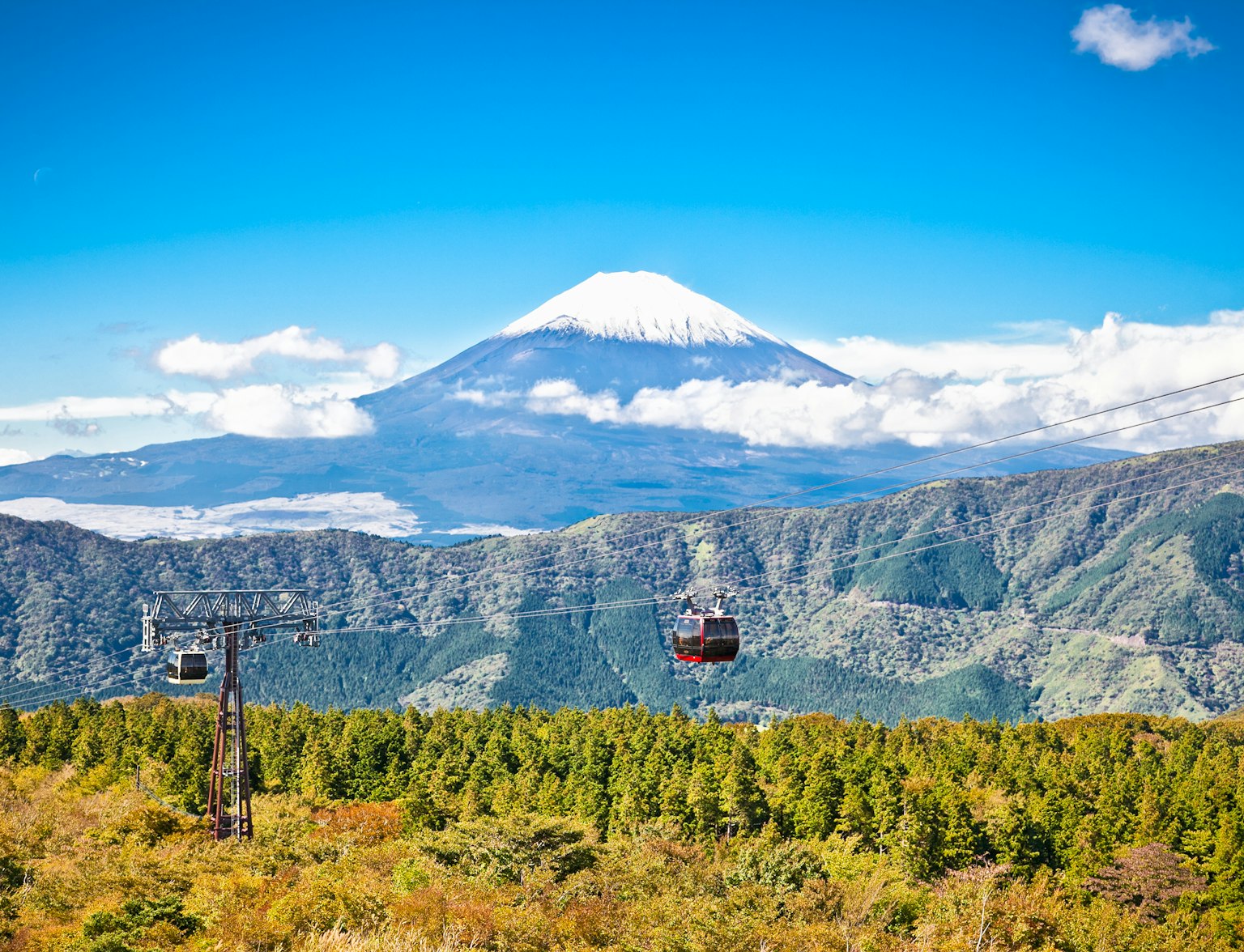
Embark on a mesmerizing voyage from Tokyo to Mt. Fuji and Hakone.
